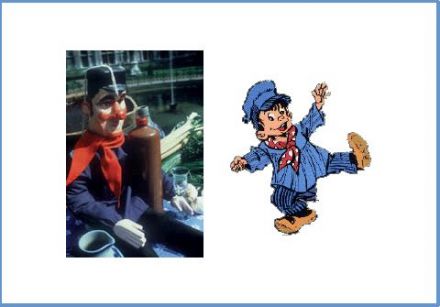 |
All about Juniper > A short history
In ancient times, the dead were often buried with containers of food and drink to sustain them during their journey to the next world. When examining these artifacts during their digs, archeologists discovered that juniper berries were used to flavour the beer drunk by our European ancestors.
Pliny relates that in Rome, as in other places, it was extremely difficult and costly to obtain real pepper. Therefore many people dried juniper berries which, as they shriveled up, assumed the size and shape of peppercorns and were equally good for flavouring food.
Juniper branches were burned in public squares during major epidemics. Even as late as the 19th century they were still burned in all French hospitals during the great smallpox outbreak of 1870.
Juniper berries crushed with chromium and alum were used to make khaki-coloured or light brown dyes, depending on the proportion of ingredients.

However, in most people's minds, juniper berries are associated with gin (the word is an English diminutive of juniper), also known as genièvre in Europe or pécket (a typically Belgian word). This clear liquor, so prized in Belgium, was already very popular during the time of Charlemagne, particularly in Liège, where it gave rise to a historical character whose pronounced features are still found on carnival masks. Now you probably want to know the whole story! Tchantches (a childish pronunciation of François) was born miraculously on August 25, 760 between two cobblestones in the Outre-Meuse neighbourhood. The good people who found him were astonished to hear him sing out just after being born: "Come on, mother Gaspard, another glass!"
He was a chubby, greedy baby who laughed constantly; nonetheless, he would turn sullen at the mere sight of a glass of water, so to cheer him his adoptive father would give him a biscuit soaked in gin to suck on, as well as smoked herring - and as a result Tchantches developed an unquenchable thirst for the rest of his life!
Just about everyone has sipped a gin and tonic or a martini at some point… this grain alcohol gets its name from the 900 g of juniper berries that are added to flavour each 3000 litres of distilled alcohol. When the production process is finished, a 98 proof spirit called gin or genièvre is left. Each litre of spirits stays in vats for six months before being bottled, except for "old malt" which must age for five years in new oak casks.
Illustration
Left : Pisanello Painting - Young Girl with Juniper twig
Right : Ginevra de Benci. oil on wood, 1474-1478,

-

 Recipes
Recipes
-

 Products
Products
-

 Entertaining
Entertaining
-

 Chefs
Chefs
-

 Hints & Tips
Hints & Tips
-

 Glossaries
Glossaries








